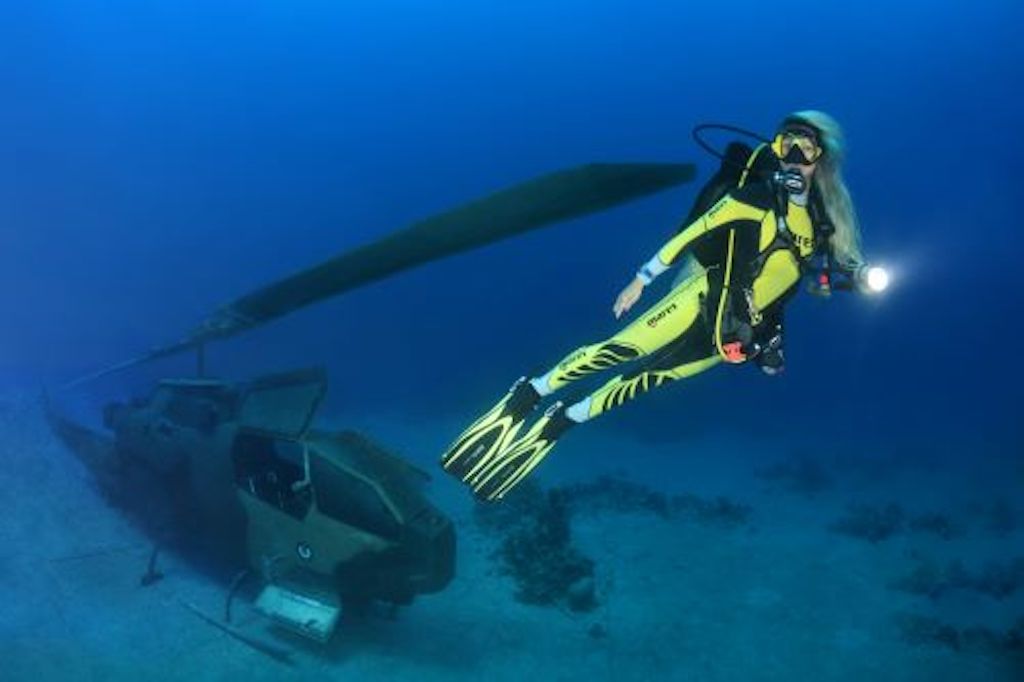Everyone knows that wealthy Middle Eastern countries tend to be filled with bizarre sights, modern marvels of engineering, and seemingly out-of-place activities. Now, after taking in some skiing with penguins in Dubai, the outdoor activist and amateur military historian can see one of the world’s most difficult to reach military history museums – at the bottom of the Red Sea.
The Jordanian city of Aqaba was the site of the famous World War I battle that saw an Arab Army, advised by Col. T.E. Lawrence (also known as Lawrence of Arabia), defeated the Ottoman Empire. Its victory established control of the city as a friendly port for British ships and allowed for the continuation of the Mesopotamian Campaign.
Just off the coast of this historic city is the Gulf of Aqaba in the Red Sea, site of the Underwater Military Museum. Here, 21 different vehicles were sunk and arranged in a tactical battle formation under the sea. It includes tanks, an ambulance, a military crane, an anti-aircraft gun, artillery, helicopters, and a troop carrier – but thankfully no troops.
The objects were not sunk as part of a military mission or amphibious landing gone horribly wrong. They were first cleaned of hazard materials and chemicals before being towed out to sea and intentionally sunk as a destination for divers. The exhibits are formed at three different levels, one for each interested party.
Those who are averse to getting in the water can find a couple of the sights by simply taking a glass-bottomed boat ride to the site, as these pieces are just five meters below the surface. For the inexperienced divers and snorkelers, the bulk of the museum lies 15-20 meters below the sea. Scuba divers can see the rest of the museum at a maximum depth of 28 meters.

While the underwater military museum is a novelty to attract visitors and divers, it’s also an environmental effort. It was made in consultation with environmentalists and experts to take visitors away from the Gulf of Aqaba’s natural reefs.
The project was spearheaded by Jordan’s King Abdullah II, personally. The Aqaba Special Economic Zone Authority (ASEZA) meticulously planned the sinking of these military relics over a span of 30 days, then took another seven days to strategically sink them.
The original size of the museum was 19 pieces when it was launched in 2019, but two more have been added since its inception. More will be added as the popularity of the diving site grows. A C-130 Hercules was added in January 2022, and already some humorous diver has added a skeleton in a flight suit to its cockpit.
‘The military museum is the first product of its kind in the region, and I think in the world,’’ Nayeh Bakhit, ASEZA’s Chief Commissioner, told DIVE Magazine. “It is important because the sport of diving in Aqaba is attracting tourists, and many tourists from around the world come here to practice this sport.”
You don’t have to be an expert scuba diver before you visit Jordan to be able to dive to the military museum. Aqaba diving companies like Coral Garden Diving Center, offer classes to get people trained and certified to visit the museum and anywhere else they might want to go.

